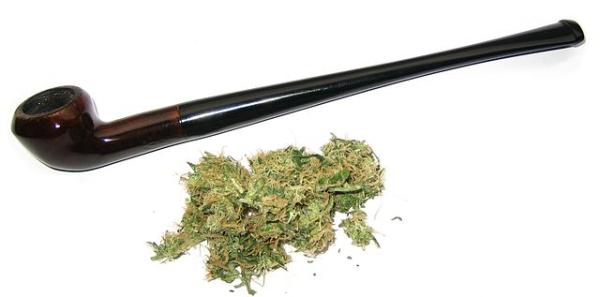
A recent editorial in JAMA Marijuana, Secondhand Smoke, and Social Acceptability begins by remarking on “The cloud of secondhand marijuana smoke” visible a half mile away from a 420 party [1] in Golden Gate Park. (Obviously, the work of people capable of making joints larger than Cheech and Chong could imagine.)
The authors point out that this behavior, if smoking tobacco rather than weed, would be “unthinkable (and illegal)” because it has to do with social acceptability – pot good, tobacco bad. To bolster their acceptability argument, they note differences between the two combustibles. For example, 16% of high school sophomores and 25% of high school seniors report marijuana use, compared with 5% and 11% respectively for tobacco. This is in line with the popular and unfounded belief that marijuana is less of “a risk” than tobacco, less addictive, less harmful to your health and the environment.
The authors note that while evidence about marijuana’s secondhand smoke is limited the major difference in tobacco and marijuana smoke is nicotine vs. cannabinoids. Otherwise, they are similar. I can accept this argument. Smoking tobacco is harmful and stupid, and the secondhand smoke from tobacco is to be avoided. But when they bolster their position with scientific misdirection, they damage their argument far more than supporting it.
They point out that there is a dose-response curve between secondhand smoke and cardiovascular disease, making second-hand smoke “nearly as dangerous as active smoking.” But the Surgeon Generals report estimates that second-hand smoking raises your risk of cardiovascular disease by 30%. That is significant, but it is not ‘nearly as dangerous.’ And many of those estimates of secondhand smoke’s effects are based on being around people who smoke a pack a day. That is a whole lot of doobies.
My favorite misdirection and conflating was this “a retrospective study found that the risk of myocardial infarction was increased by 4.8 times in the hour after using marijuana.” Based on this statement I am surprised that California and Colorado have not seen their populations decimated. In the actual cited study, looking at determinants of myocardial infarction, 3.2% of the patients reported smoking marijuana within the year, 1% within 24 hours and 0.3% within 1 hour. The distinction between the 24 hour and 1-hour window is the basis of the 4.8 fold elevated risk. Now of course 68% of those same individuals smoked tobacco, 43% were obese. And 3 of those 9 MIs within an hour of smoking weed also involved cocaine and sex. The study concluded, “smoking marijuana is a rare trigger of acute myocardial infarction.”
The authors are correct when they state that marijuana shouldn’t be given a free pass concerning secondhand smoke because it is more acceptable. They are right in using scientific evidence to bolster their argument. They are wrong when they use language that is not justified by the evidence. Hyperbole allows for legitimate criticism of the exaggeration and makes it more challenging to discuss substantive issues.
[1] 420 refers to an "international celebration" of the cannabis culture, celebrated as you might expect on April 20th



